The Poco X6 is powered by the Snapdragon 7s Gen 2, and while it’s not as highly regarded as the 7+ Gen 2, the chip is still fast enough for a €300 phone. It comes with 12GB of RAM and 256GB of storage. There is no microSD slot, but you can double the storage for an extra 40 euros.
The phone features a 6.67-inch AMOLED display with a resolution of 1,220 x 2,712 pixels, 12-bit color with Dolby Vision and a 120Hz refresh rate. The body is made of plastic and has a basic IP54 protection rating. The camera setup is also pretty basic, with a 64MP main camera (OIS) and an 8MP ultra-wide-angle (118°), as well as a 16MP selfie camera. The battery capacity is 5,100mAh and the charging speed is 67W (78% charge in 30 minutes and 100% charge in 48 minutes according to our tests).
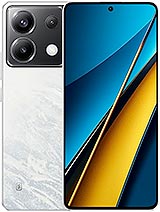
The Poco M6 Pro is a stripped-down version of the X6. Note that this is the 4G version, so it’s powered by the Helio G99 Ultra. This product has 512GB of storage space and a microSD memory card, paired with 12GB of memory. The 6.67-inch 120Hz AMOLED display has a lower FHD+ resolution and 8-bit colors. The 64+8+2MP rear camera is the same, except the chipset cannot record 4K (X6 records 4K at 30fps). The battery capacity is roughly the same at 5,000mAh, with support for 67W fast charging (71% charge in 30 minutes and 100% charge in 48 minutes in our testing).
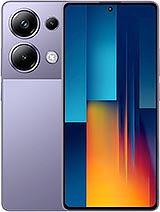
The Samsung Galaxy S23 FE uses the Exynos 2200 in Europe and will get 4 OS updates (one of which has already been released) and a 5-year patch. The 256GB model is 60 euros more expensive than the 128GB model, and the memory is not expandable (both have 8GB RAM).
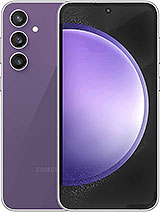
The Apple iPhone 15 is 170 euros more expensive than the 128GB S23 FE, but this is still a significant discount compared to the price on apple.com. It has a 6.1-inch 60Hz display, and the only zoom option is in-sensor zoom for the 48MP main camera (the S23 FE has a 3x 8MP telephoto camera). There’s also a 12MP ultra-wide angle, while front-facing selfies are in a dynamic island (what Apple calls a pill-shaped punch-hole). Wired charging isn’t very fast, but the MagSafe charger adds handy magnets on the back to help with alignment and allows you to carry the power bank without the need for wires.
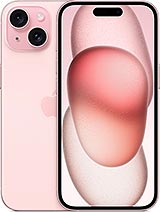
The Samsung Galaxy Watch6 Classic may be replaced later this year, unless Samsung tries to do away with the rotating bezel again like the Watch5 series. Anyway, the watch has ECG and blood pressure monitors, as well as a skin temperature sensor to monitor your health (note: these require a Samsung phone to work).
Below we’ve linked the Bluetooth and LTE versions in two sizes (43mm and 47mm).
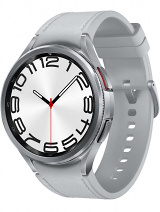

We may earn a commission from qualifying sales.